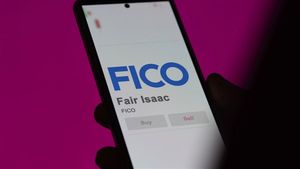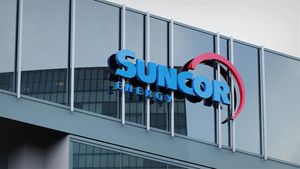
SPONSORED CONTENT -- (StatePoint) Falls are the leading cause of injury-related death in U.S. adults aged 65 or older, according to the Centers for Disease Control and Prevention. The economic impact of falls is immense, with fatal falls estimated to cost $754 million and nonfatal falls $50 billion annually. As the aging population enters long-term care facilities, fall prevention will become an increasingly important public health priority. The good news is a novel approach has recently come to light.
A first-of-its-kind, two-year study conducted by investigators at Brigham and Women’s Hospital’s Division of Sleep and Circadian Disorders—a division of Harvard University—and the Midwest Lighting Institute (MLI) found that dynamic, tunable lighting systems, when implemented at long-term care facilities, reduced falls by 43% compared to facilities that retained traditional lighting. The study focused on the positive effects of lighting on alertness, cognitive function, and sleep and how this affects fall risk.
For people who seldom get outside to experience daylight, such as older adults living in nursing homes, the body’s natural sleep-wake cycle is disrupted. While this disruption can cause dangerous falls leading to injuries and worse, the results of this study show how institutional settings can implement lighting changes to their environment to make it safer for both residents and workers.
“The lighting we used in the study implemented specific spectrum and intensity levels timed to regularize sleep-wake cycles and boost the daytime alerting effects of light,” says Brian Liebel, director of research at MLI, the non-profit organization that designed the study as part of its mission to improve lives by putting existing scientific findings about light into real-world practice. “When residents experience improved alertness and cognitive function during the day and better sleep at night, it not only improves their well-being, but also improves the working conditions for staff.”
The system was installed in several long-term care facilities with goals of maximizing the home-like environment and helping residents, especially dementia patients, with “sundowning,” which is the increased confusion, exit seeking, anxiety and verbal/physical aggression many experience in the afternoon and evening.
“There was just a general calmness at 6 p.m. with the lights dimmed, noticeably different as soon as it was installed,” says Jennifer Nelson, dietary aide at Maple Ridge Care Center in Wisconsin. She noticed a tremendous difference in terms of behaviors such as exit seeking and anxiety, especially among dementia patients.
Current strategies to reduce falls typically include complex, multicomponent interventions requiring significant resources, staff time and resident education. The study’s promising results, published in the “Journal of the American Medical Directors Association,” provide a noninvasive and relatively inexpensive method for lowering the risk of falls in nursing homes and long-term care facilities.
“What we know now is that modern lighting technology can promote the body’s health and overall well-being, resulting in a decreased risk of falls among seniors.” says Rodney Heller, president of MLI. “We believe these findings could pave the way for improving the health outcomes of those not only in nursing homes and long-term care facilities, but also in schools, hospitals, office buildings and in industrial environments with 24-hour shifts.”
To learn more about this patented lighting system and how to get it installed in your institution, contact bliebel@midwestlightinginstitute.org.
In the years ahead, fall prevention will become an increasingly important public health priority. The good news is that we have a solution to reducing falls and it has enormous potential to improve well-being and save lives.
*****
Photo Credit: (c) monkeybusinessimages / iStock via Getty Images Plus







